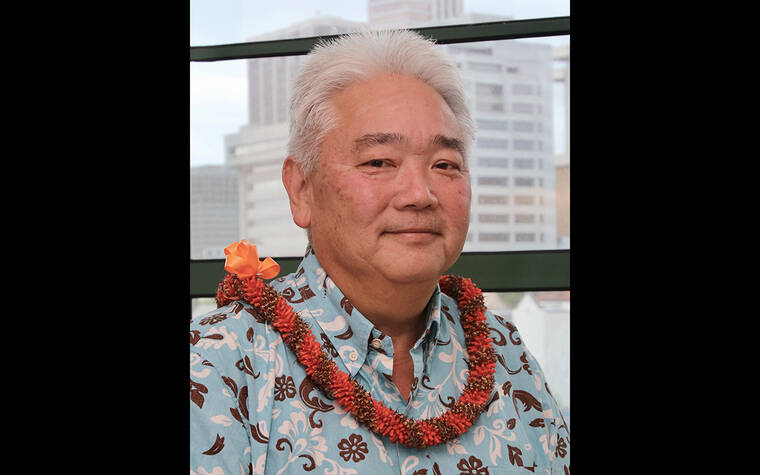Holualoa Elementary held a School Community Council meeting to discuss plans for the future and new possible school designs amid concerns of mold and other potential health hazards at the 128-year-old school.
Randall Tanaka, assistant superintendent for the Hawaii State Department of Education’s Office of Facilities and Operations, outlined plans to rebuild the school in phases, while noting funding would be a big issue in how long it would take for the rehabilitation.
A five option conceptual design was offered by Tanaka.
All options include the construction of a three-story upper elementary building, a one-story lower elementary building, the rerouting of school traffic, demolition of old buildings and the rerouting of the easement road that cuts through the campus to residents living mauka of the school.
“That is a top priority for the safety of students and residents,” said Tanaka.
Plans also call for a covered play area and a new campus parking lot.
Phase one would see the construction of a three-story upper elementary building.
Phase two includes the demolition of two portable buildings and the existing playcourt, construction of a new campus parking lot and the rerouting of the residential easement road.
Phase three would demolish six additional portable buildings, one permanent structure and would build a new two-story administration/library/faculty/computer building.
Phase four would demolish two more portables and two other permanent buildings and see the construction of a single-story lower elementary building.
Tanaka could not commit to a timeline or project cost, as the plans are currently conceptual, however did agree the construction would be a priority of the DOE.
Topography studies would need to be done, especially considering the slope at the school, however Tanaka said planning and construction would be awarded to the same bidder to keep costs and completion times down.
State Sen. Dru Kanuha noted the legislature approves a CIP budget to the DOE, however there is a finite amount of funding and the DOE has the discretion on where the money is spent.
In regards to the mold situation in the school, Tanaka said carpets have been removed with vinyl flooring installed and mold resistant paint covering the walls in the classrooms that displayed the worst hazards over spring break.
“Our guys did a terrific job in a short amount of time,” he said.
He expected remediation efforts to be complete by the start of the 2023-2024 school year.

